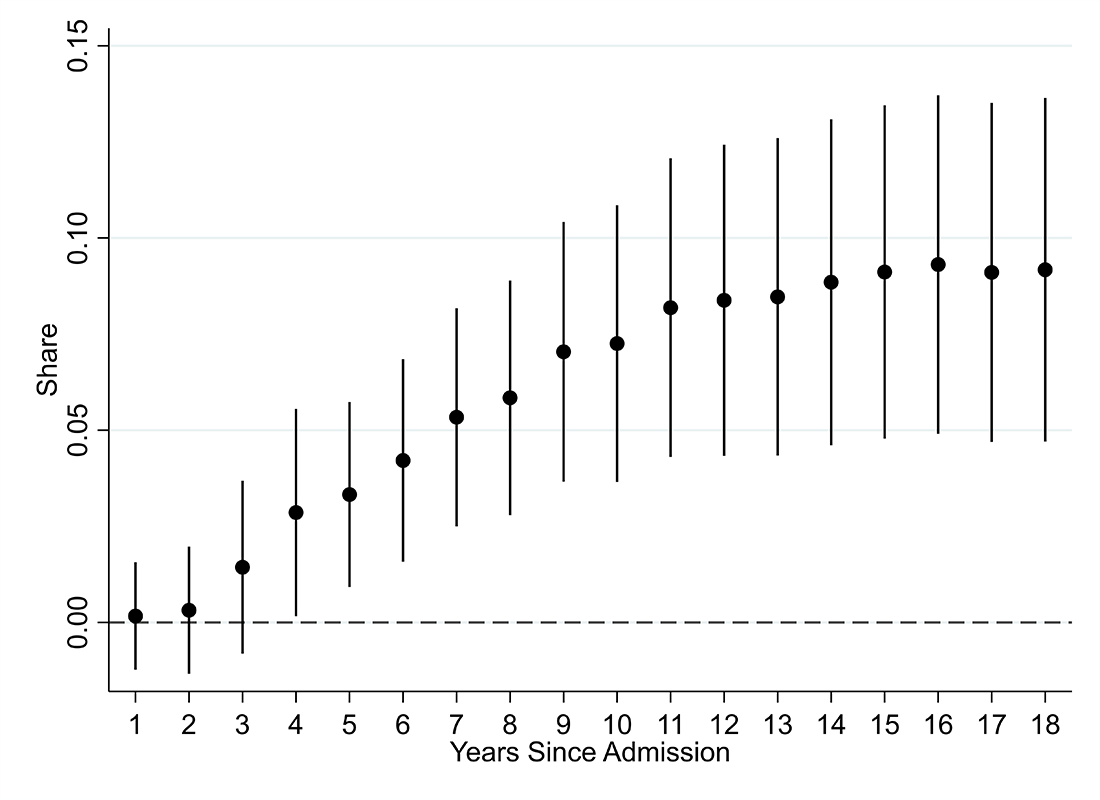Language teaching will be crucial for the integration of Ukrainian refugees
When the many thousands of Ukrainians who come to Denmark have been given shelter, it's time to learn the Danish language – at least if they end up staying in Denmark. Research indicates that refugees who speak the majority language are better integrated into society.

Most refugees arrive to the host countries without prior knowledge of the main language of their new country. For the up to 100,000 Ukrainian refugees that the Danish authorities are preparing to receive, language teaching will be a foundation for integration - socially and economically.
Language opens doors
The weather, the culture, the food, the language. It is an unknown world that meets the newly arrived refugee. But one of these elements – language – is of great importance in becoming familiar with the other foreign elements of a society. Refugees who become better at the language in the receiving country are better integrated into the local community and better integrated into the labor market.
In Denmark, refugees who acquire a more fluent Danish are less likely to leave the region where they were originally housed, and less likely to move to the largest cities in Denmark, where there are already many with an immigrant background.
Research also shows that once refugees have achieved sufficient language skills, they are also more likely to strengthen other skills by taking an education. Language training also increases refugees' participation in the labor force and leads over time to higher employment and income.
Economic integration
In 1999, Denmark reformed parts of the integration program, with a focus on improving and expanding language teaching. As an effect, refugees permanently increased their income and employment. The proportion of refugees working in a complex job also increased (see figure).
Complex occupations are defined as those that require a certain degree of schooling and the use of special technical knowledge or communicative skills. For instance, refugees with better language skills have to a greater extent been able to leave the cleaning industry to instead handle more complex positions, e.g. in the personal care sector
The graph shows the proportion of people employed in a complex job among refugees who have been eligible for the longer and better funded language training, which was introduced in 1999, compared to those who received training before the improvements of the language programs.

The graph shows the proportion of people employed in a complex job among refugees who have been eligible for the longer and better funded language training, which was introduced in 1999, compared to those who received training before the improvements of the language programs. A complex job is defined as employment in occupations in major groups 1 to 5 of the International Standard Classification of Occupations (ISCO).
The increased language effort does not only benefit the individual refugee. A simple cost-benefit analysis shows that the expansion of Danish language teaching to refugees in 1999 has significantly strengthened the Danish economy; every dollar invested has generated a return of 15 dollars.
Proximity to education is essential
The effect of Danish language training, however, depends on the distance between the student and the language center. A refugee in Denmark travels an average of 45 minutes by public transport to participate in language training. The distances to language training are very different, and refugees who live further from language training often end up being significantly less fluent in the Danish language at the end of the three-year integration program.
In the coming months, Denmark will receive Ukrainian refugees in a number corresponding to approx. two percent of the country's population. It will be an extraordinary challenge to integrate so many people at once. Danish language training can be easier to scale to the large number of new arrivals than other types of active labor market policies and a good investment in long-term integration.
Another version of this article is published on the Ukrainian Migration Information Hub (Centre for Research and Analysis of Migration, University College London).
Contact
Mette Foged
Assistant professor
Department of Economics
Mail: mette.foged@econ.ku.dk
Phone: +45 35 32 35 82
